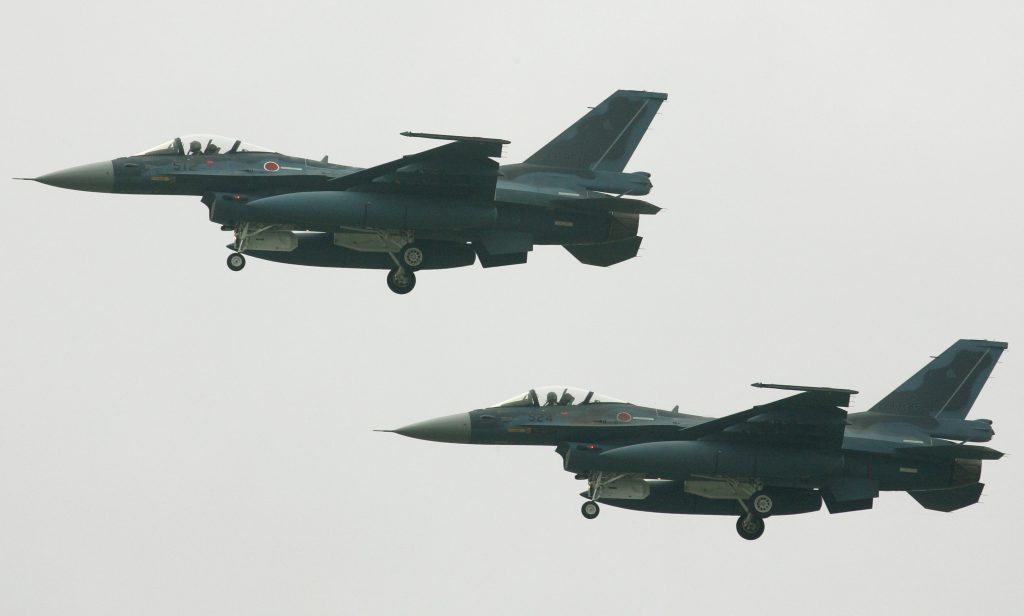
- ARAB NEWS
- 01 Aug 2025

TOKYO: Japan's Defense Ministry is ramping up preparation to start the development of a stealth fighter as the successor to the F2 jet in fiscal 2020, which starts in April.
The ministry stopped short of specifying the development costs in its budget request for fiscal 2020, but hopes to include a specific amount in the government's draft budget to be compiled in December.
In addition to the development costs, the government plans to earmark about 32 billion yen in related research expenses, according to government sources.
Japan hopes to take the initiative of the development of its first stealth fighter, but it is difficult to complete the work on its own due to requirements for interoperability with the US military in terms of sophisticated tactical networks.
Also due to the need to maintain the foundation of the domestic defense industry, Japan has not yet finished working out a design concept. Japan plans to continue negotiations with the United States and Britain next year, according to the sources.
The existing F-2 fighter jets, based on the F-16 fighter of the United States, will be retired in stages from around 2035. The Defense Ministry believes the development of a successor fighter will take 15 years.
The Medium-Term Defense Program, adopted by the government last year, said Japan will start developing a successor fighter at its own initiative at an early date while looking at international cooperation.
As issues that need to be considered, the Defense Ministry has listed ensuring air superiority, information processing capability that uses artificial intelligence technologies, next-generation technologies, including a sensor to detect stealth fighters, and their extensibility, and freedom of repairs to raise the fighter's capacity on Japan's own judgment.
Involvement of Japanese companies in the development and development and acquisition costs are other key issues.
The Acquisition, Technology and Logistic Agency has carried out reach on sophisticated technologies with Mitsubishi Heavy Industries Ltd., Toshiba Corp., Fujitsu Ltd. and IHI Corp.
The joint research covered a high-output small radar that uses state-of-the-art elements capable of detecting stealth fighters, high-thrust engines and making the fighter body lighter.
Last year, IHI delivered a prototype engine with a maximum thrust of at least 15 tons, comparable to the engine of the U.S. Air Force's F-22 fighter.
The ministry plans to set aside fiscal 2020 expenditures for research on the extensibility of a mission system that controls radars, sensors and electronic warfare equipment, all core functions of a fighter jet in the execution of a mission.
At the initiative of the prime minister's office, the government decided last year to acquire an additional 105 F-35 stealth fighters. Therefore, the designing of the F-2 successor jet needs to reflect role sharing with the F-35s.
Japan has asked US and British companies interested in the joint development to provide development ideas. US powerhouses Lockheed Martin Corp. and Boeing Co. and Britain's BAE Systems PLC have complied with the request.
The focus will be on the degree of information disclosure, an issue that affects Japan's freedom of repairs, as well as the sharing of development costs and manufacturing.
JIJI Press